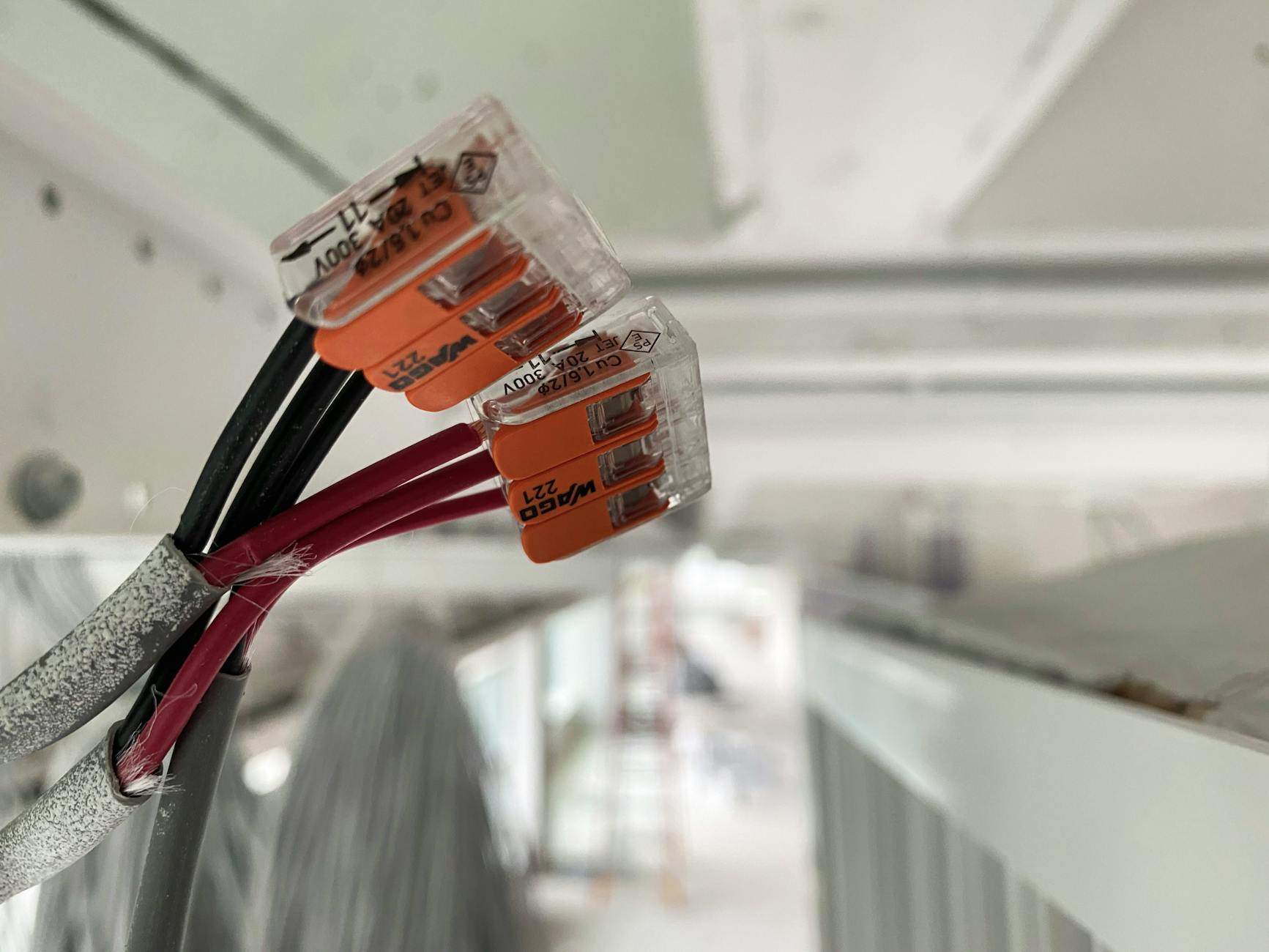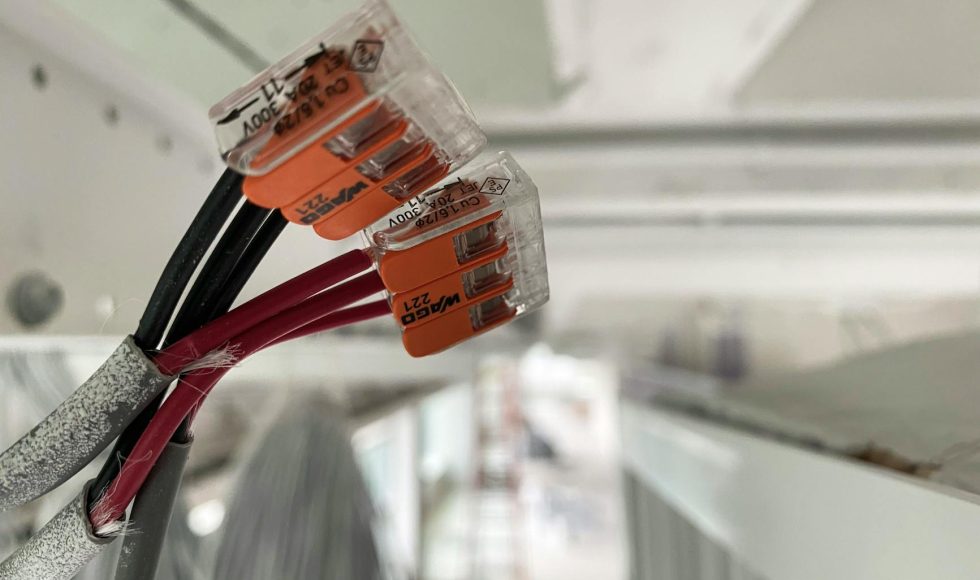Heather Drexler from Harvard Medical School presented at London Calling 2019 on “Direct sequencing of nascent RNA exposes splicing kinetics and order.” For example, Drexler explained that RNA splicing is complex, with distant exons being joined. Drexler emphasized that transcription rates affect alternative splicing and that transcription and splicing are physically and mechanistically coupled. The goal of the research was to develop a tool to monitor RNA splicing as transcripts are produced. Drexler asked: can we measure the relationship between transcription and splicing by distance? To achieve this, Drexler had to purify nascent RNA through cellular fractionation or metabolic labeling. Drexler found that combining these two strategies is more effective. They then added a polyA tail because nascent RNAs don’t have polyA tails. After this, direct RNA nanopore sequencing was performed. With this technique, Drexler is obtaining 100,000 usable reads. The method was named nano-COP for nanopore analysis of CO-transcriptional processing. The first question Drexler wanted to address was: how far does Pol II transcribe before splicing? Splicing dynamics were different in human cells as compared to Drosophila cells. They then used a splicing inhibitor Pladienolide B. Drexler noted that splicing order does not always follow the direction of transcription and is coordinated in human cells. Interestingly, in Drosophila, more often, the upstream intron was spliced. Drexler concluded that nano-COP directly sequences nascent RNA, pol II transcribes several kilobases before intron splicing in human cells, and intron splicing does not always follow the order of transcription and is coordinated in human cells. Next, they want to investigate splicing factors and obtain higher sequencing yields and lengths to learn about interactions. I hope this summer we can continue direct RNA sequencing experiments!



